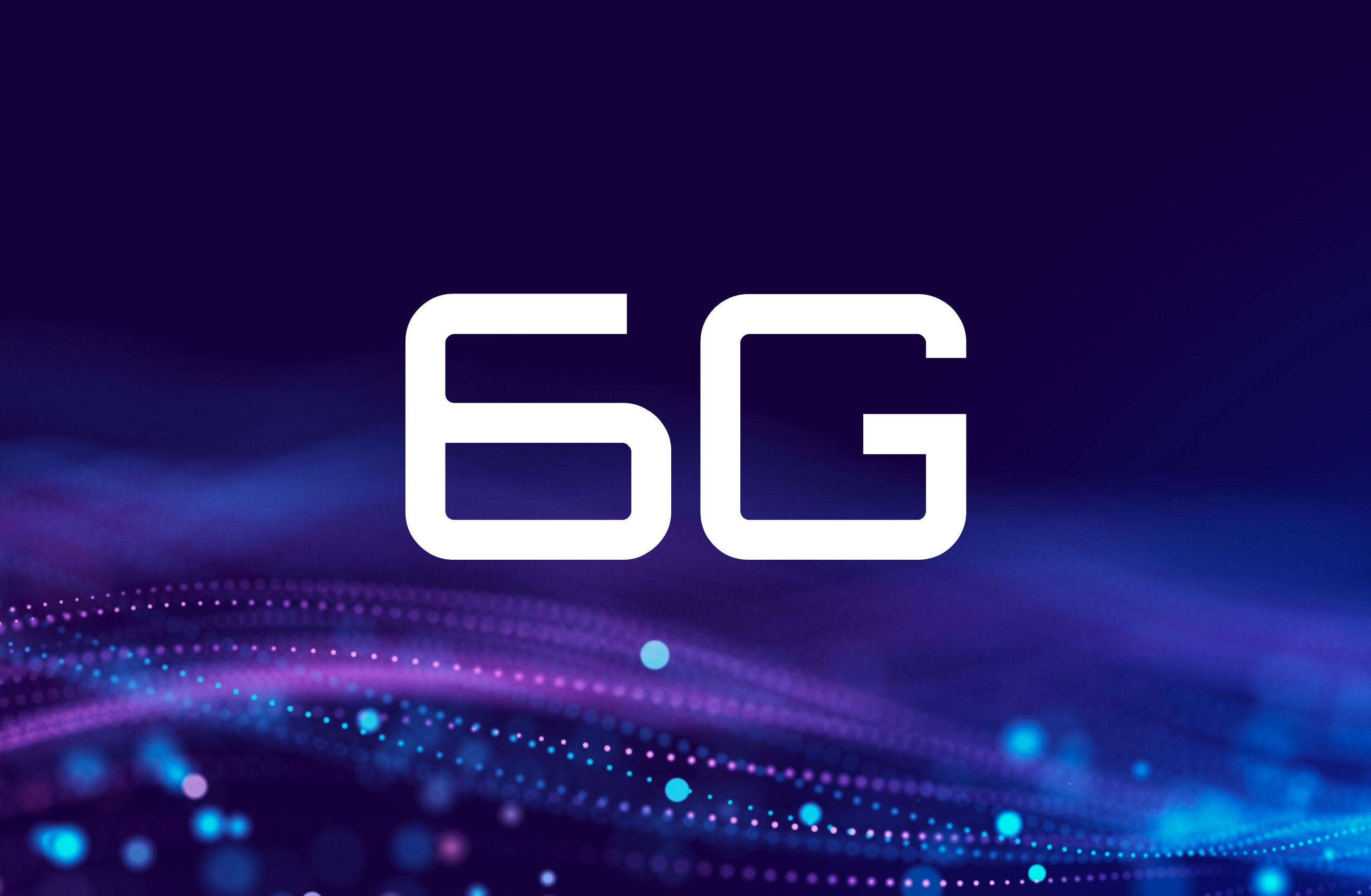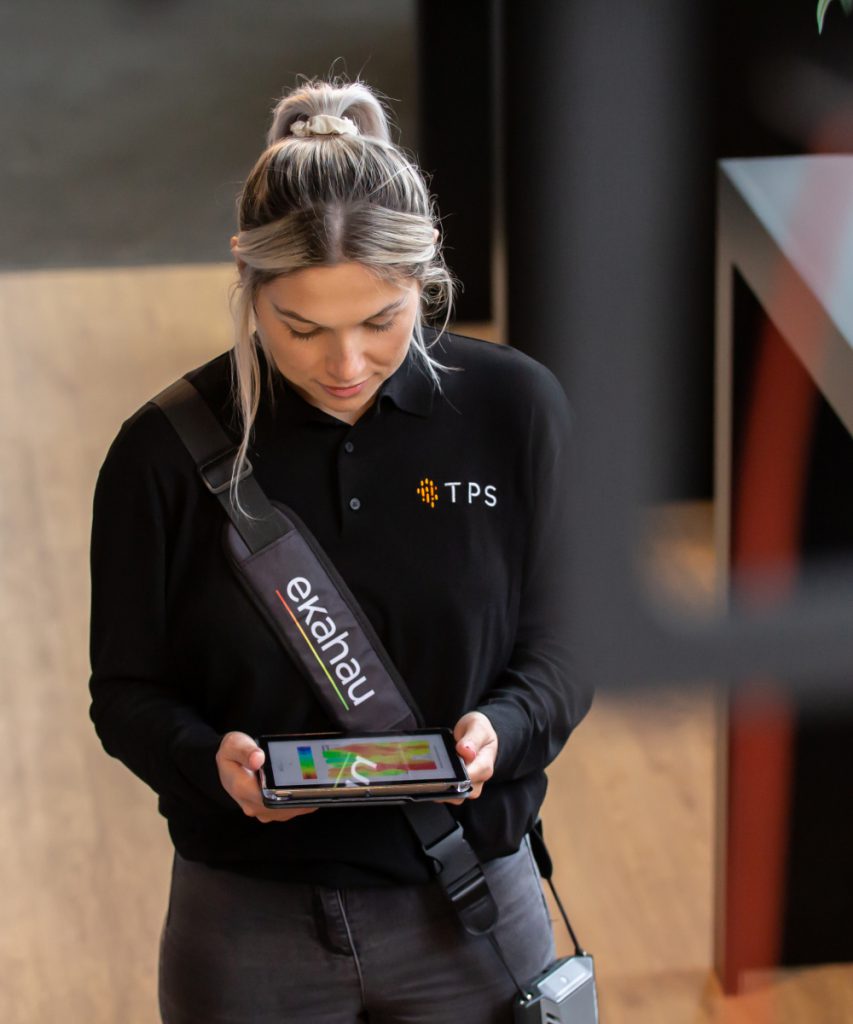6G: Do we really need it?

In a world of constant technological evolution, it can be challenging to keep up with the latest advancements happening around us. None more so than in the world of cellular networks. We’ve seen 2G and 3G come and go. 4G is gradually being replaced. Yet whilst we are still in the process of rolling 5G out on a global basis, hype is already building around the next generation of wireless technology: 6G. Despite still being in the infancy stage of its development, many telecoms vendors are already investing heavily in 6G technology. But what is it that is capturing interest on such a scale? And given all that 5G can offer, do we really need it? In this blog we are going to take a look at the two technologies, the differences between them and what this means for our future world of communications.
5G Network
The fifth generation of cellular network technology, or 5G, has opened up a whole new world for both businesses and consumers. In theory, it offers speeds of up to 10 gigabits per second – a rate 30 times faster than the maximum 4G offering. It also uses higher frequency bands than other previous generations and can be deployed in low- band, mid-band or high-band millimetre-waves from 24 gigahertz (GHz) up to 66 GHz. This has allowed for faster data transfer speeds and greater bandwidth capacity. The technology has facilitated the Internet of Things (IoT) explosion that is currently supporting business and industry around the world. It is anticipated that in the UK alone, the economic impact of 5G within the utilities, health, social care, consumer, media and financial sectors will be worth £43 billion to the UK’s Gross Domestic Product (GDP) by 2030*.
6G Network
The next generation of cellular network technology, or 6G, promises even faster speeds than 5G and is set to transform how the world connects. The ability to use higher frequencies and provide significantly higher capacity offers increased performance that expands the scope of any current 5G capabilities.
Whilst not expected to be available until 2030, experts are predicting the technology will have the capacity to reach speeds of one terabit per second (Tbps) – a rate of approximately one hundred times faster than the average ‘hypothetical’ top speed of 5G.
The potential of this opens up an entirely new sphere of possibilities for the way we communicate and the way we live, including the creation of energy-efficient smart homes, automated transport, greater environmental monitoring and the introduction of pioneering healthcare solutions.
The Key Features of 5G versus 6G
Low Latency
Both generations of the technology have low latency rates. Whilst the 4G latency rate is around 50 milliseconds, 5G has the capability to reduce this figure to 5 milliseconds. It is estimated that 6G will reduce the latency rate further still to 1 millisecond, thus allowing for the transmission of significant volumes of data in an instant, vastly improving digital user experience.
5G and 6G Use Two Different Parts of the Spectrum
Both 5G and 6G use the higher frequencies on the wireless spectrum, allowing them to transmit larger volumes of data more quickly.
5G occupies broadband frequencies at sub-6 GHz and above 24.25 GHz, known as low band and high band frequencies respectively. 6G networks however will operate at the higher end of the spectrum at frequencies of between 95 GHz to 3 Terahertz (THz). As previously mentioned, these figures suggest the technology will have the capability to offer data speeds of up to 1 Tbps.
The higher frequency bands used by the 6G networks also provide greater bandwidth capacity. This allows more users to access the network at the same time whilst also supporting the use of multiple applications that are more data heavy.
Speed
The speed capability of 6G is set to offer exciting new opportunities for business and personal use. Enhanced speeds capable of offering instant connections between devices, will enable pioneering technologies; including the use of AI applications and next generation robotics.
According to Forbes, 6G is set to ‘ignite the metaverse’ as, unlike 5G, it has the ability to deliver both the speed and bandwidth to create a single, immersive, fully-integrated 3D virtual space. This will allow us to experience life in ways we cannot in the physical world at present and become a pivotal part of how audiences consume a variety of festivals and major sporting events in the future.
Energy Efficiency
6G technology will be significantly more energy-efficient due to its ability to scale down capacity or turn off components when the demand for power is lower. This will be one of the major design criteria for 6G, alongside metrics such as capacity, peak data rate, latency and reliability.
Healthcare
It is widely predicted 6G will transform the healthcare industry through the use of remote surgery and healthcare applications that utilise smart devices (smartphones, smartwatches, wireless blood pressure monitors, smart glucometers etc). This level of ‘smart healthcare’ will have the ability to gather and process health information through the use of sensors, body implants and biomedical systems. By continuously collecting and analysing patient data information, systems will be able to make recommendations and predict health issues before they arise – allowing us to move away from our current reactive approach to healthcare to a more proactive one.
It is expected the significant volume of data generated through the sheer number of connected healthcare applications and devices could also become critical in combating future diseases or even pandemics, through early diagnosis. This will revolutionise the way we take care of our health in the future and have a major impact on the daily roles of those who currently work in our healthcare environments.
Additional healthcare use cases, such as the option to perform remote surgeries may also become a reality through the superior network reliability 6G will be able to offer.
The question ‘do we really need 6G?’ will be a controversial one for many. Whether, we are individually ready for these levels of innovation or not, 6G is coming and it will have a huge impact on the way we live and work in the future. It is anticipated it could be with us as early as 2030 so whilst some industries may be a little slower to adopt it, others will not. We need to be aware 6G is on the ‘not too distant’ horizon and start to plan for its arrival if we are to stay ahead of the game.
As a specialist in network connectivity, TPS is already looking towards the long-term strategies that will ensure we are able to support critical network functions both now and when 6G arrives. We understand the cost implications this exciting new era of technology will undoubtedly herald for all organisations and can help you put the steps in place to plan for this inevitable roll-out with confidence.
We’re keeping a close eye on developments as they unfold. When 6G arrives, we’ll be ready, and can make sure you are too.
*Source: Pricewaterhouse Coopers International Ltd TPS (Technology Powered Services) has an industry wide reputation for designing and delivering exceptional infrastructure, network and connectivity solutions for the data centre industry.
The company also offers a comprehensive range of cellular design and installation, Break-Fix, Testing and Maintenance services, including reactive 24/7 Engineer Call-Out with guaranteed response times.

